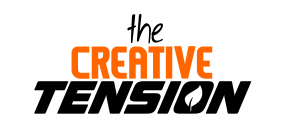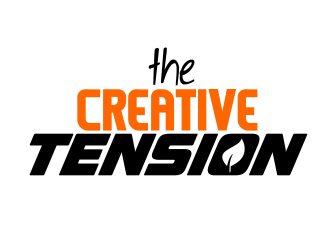Themes: Just Work · Value · Capability
Topic: Patient Journey back to a Good Life
Summary
Hosted by Mark Jørgensen Chaudhry, this episode explores how patient-centered design can accelerate recovery and improve real-world outcomes in medical technology. Brian Ross shows how combining Theory of Constraints, service/design thinking, and outcome-driven innovation helps teams remove bottlenecks across the patient journey – from diagnosis and reimbursement to device use and long-term living – so people return to a good life, faster.
Key Topics & Tensions
- Patient-first framing: Why starting with the person makes it easier to cut through regulatory, business, and market obstacles.
- Theory of Constraints in medtech: Finding the one true bottleneck (not optimizing everything) across patient, clinician, and company workflows.
- Gemba in healthcare: “Sit on the patient’s shoulder” – go see the journey in context to uncover hidden pains (e.g., wheels stuck in elevators; hard-to-clean surfaces).
- Build the right it → then build it right: Slow down to define the problem and validate outcomes before scaling engineering.
- Ease of use as an outcome: Reduce steps, time, and cognitive burden for clinicians and patients.
- Common bottlenecks: Preference for non-invasive options first, reimbursement/coverage codes, and high cognitive load in setup/use.
- FOCUS (Find the constraint, Optimize it, Collaborate around it, Uplift system performance, Start again): Concentrating resources where they change desired outcomes most.
Guest: Brian Ross
Purpose-driven leader in medical technology with decades of experience spanning manufacturing, quality, product development, and program management. Brian blends:
- Systems thinking & Theory of Constraints (manufacturing roots, critical chain)
- Robust/design thinking (quality by design, ease-of-use)
- Outcome-driven innovation (solve for real-life results, not features)
- Lean, agile, and rapid learning cycles (deliver value sooner)
He calls his integrated approach Patient-Centered Design – a practical framework that identifies and relieves the pains and bottlenecks patients encounter from diagnosis through daily living, while coaching leaders and teams to keep positive human impact at the heart of the work.
Gifts & Practical Takeaways
- Build the right it before you build it right. Don’t sprint into engineering; first validate the problem, outcomes, and constraints.
- Do a gemba walk. Send engineers to observe in hospitals/clinics; collect and unpack real artifacts of use (movement, cleaning, setup, handoffs).
- Find the constraint, then focus. Apply effort where it most accelerates the patient journey; resist “optimize everything.”
- Three lenses for constraints:
- Patients (return to a good life)
- Customers (clinicians, surgeons, physicians, nurses and medical devices as touchpoints to the patients)
- Company (choosing products and aligning Research and Development → Manufacturing → Go-to-market and other functional areas of responsibility)
- Design for ease of use: Fewer steps, less time, lower cognitive burden – for both clinicians and patients.
- Micro-improvements matter: Examples like bigger wheels and seamless surfaces on heart-lung machines reduced friction and won adoption.
- Expect early blockers: Non-interventional preferences, reimbursement codes/coverage, and set-up complexity commonly stall uptake.
Books & Resources Mentioned
- “King of Hearts: The True Story of the Maverick Who Pioneered Open Heart Surgery” – G. Wayne Miller
- “The Man Who Touched His Own Heart: True Tales of Science, Surgery, and Mystery” – Rob Dunn
- “Where Good Ideas Come From: The Natural History of Innovation” – Steven Johnson
- “More Than Just Work: Innovations in Productivity to Inspire Your People and Uplift Performance” – David Hodes
How to Reach the Guest
- Brian Ross on LinkedIn: https://www.linkedin.com/in/brian–ross/
Credit should also go to Alberto Savoia for the catch-phrase and thinking: “Make Sure You Are Building the Right It – Before You Build It Right”.
Thank you to Ensemble Technology and David Hodes for sponsoring this episode.


